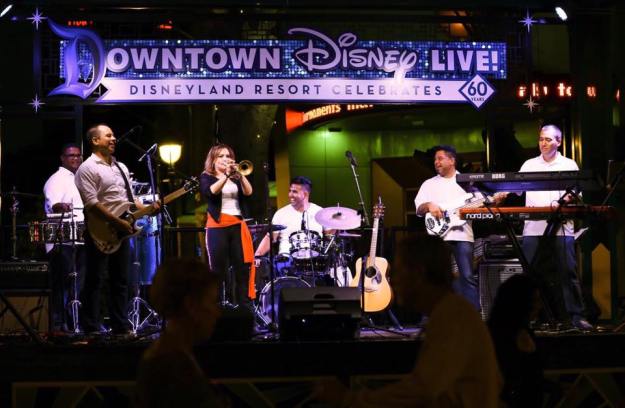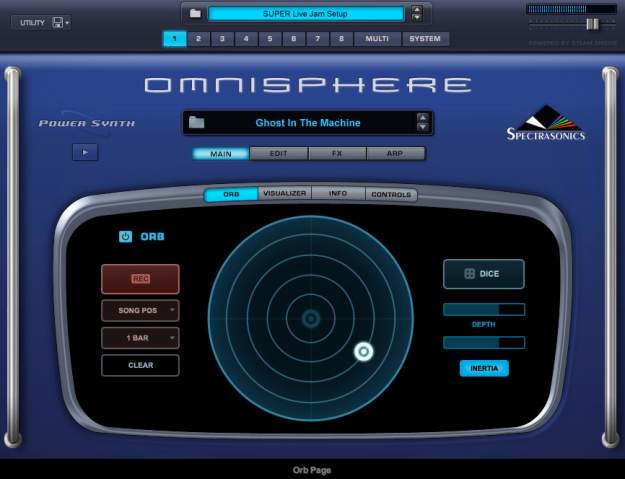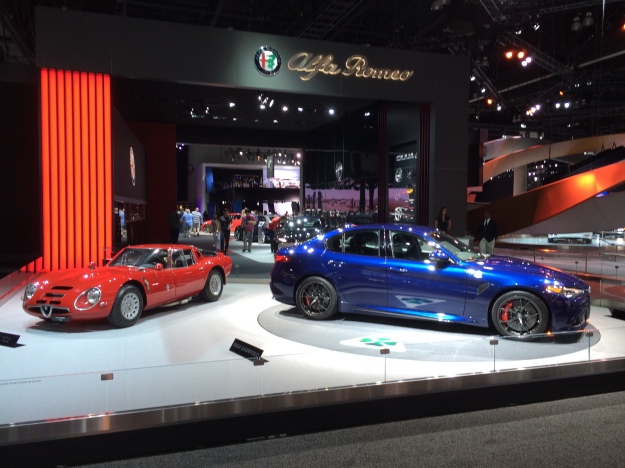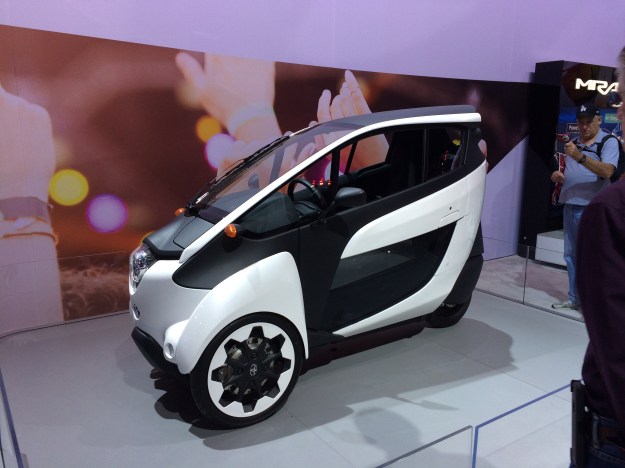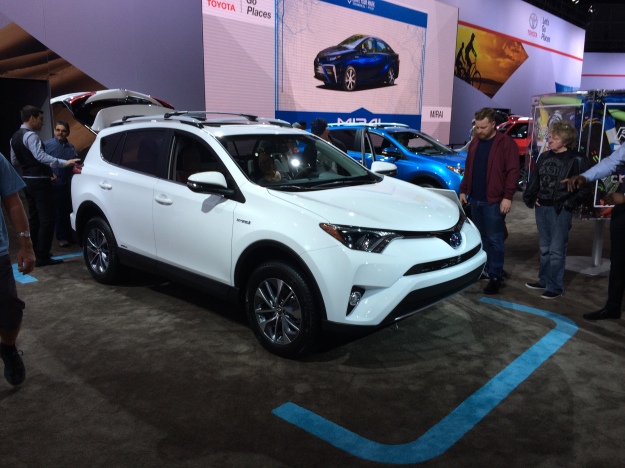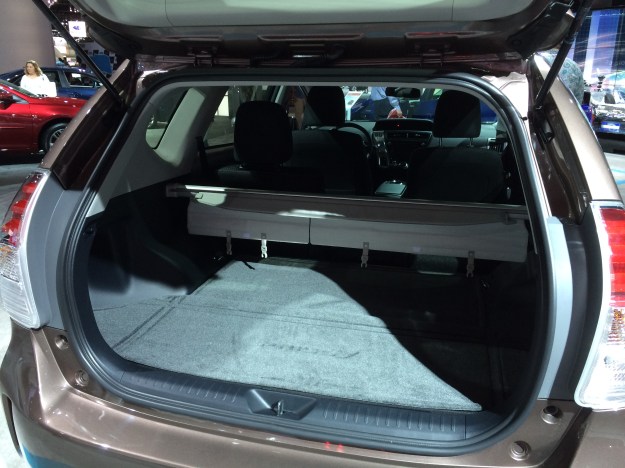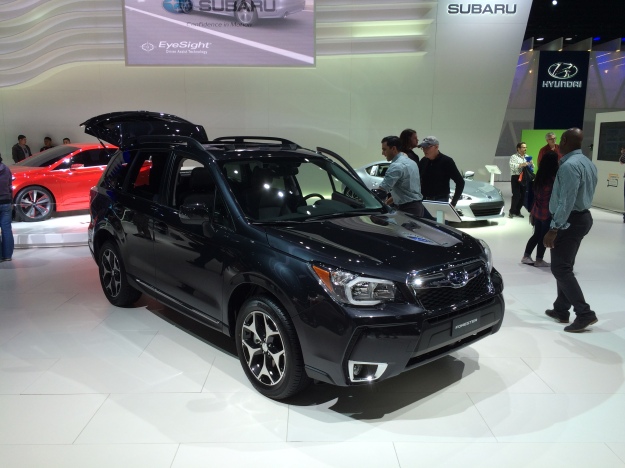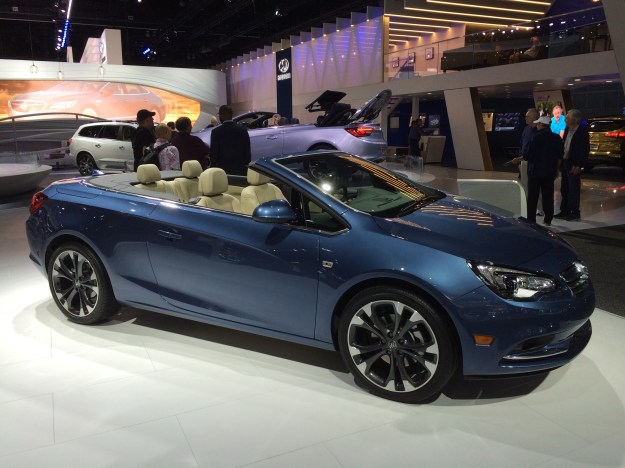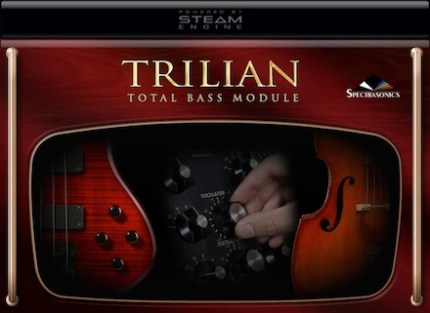I am probably dating myself, but I just realized I am looking back on more than 20 years of electronic keyboard ownership!
I decided not to include non-keyboard/sampling gear as I had a studio back in the day and that list would run pretty long. Also not included are VI’s.
My list in chronological order:

ROLAND D-20
It was great because had an internal 9-track sequencer (8 tracks + 1 rhythm track) and a floppy disk drive, which meant you could create songs and arrangements and save them. I was in heaven. Of course, polyphony restrictions meant you could realistically never use more than four or five tracks simultaneously, but who cared? The sounds varied from cheesy (EP’s) to unusable (pianos) to passable (guitar/strings/drums) to really phat (bass/synths). The only thing missing was a sampler, which I needed for my Hiphop aspirations.

AKAI S 01
A friend of mine bought this, and let me keep it. You could sample/playback 8 different sounds and editing was limited to trim and pitch, IIRC. You had like 10 seconds of sampling time (mono), but it was great in combination with my D-20 and a newly acquired Atari ST520!
Beatz, baby!

ROLAND SOUND CANVAS
The same friend dropped this little box off at my digs, which meant I could make full arrangements with just an Atari ST and Cubase. The sounds were small but believable, and they worked well together. The only thing that sucked were the drums, but that’s because I was doing Hiphop/R&B. It was really great for its time, and I cut my first record with just this and the Akai S01.

ENSONIQ SQ2
Doing gigs on the Roland D-20 sucked. Bad. So I had to get something with better piano and EP sounds, and the SQ 2 happened to be the most affordable step up at my neighborhood music store. I use the term step up lightly, though. Sure, the sounds were better than the D-20’s, but not nearly as realistic as the JV80/JV90’s that started popping up in every cover band around that time. I think the Ensoniq would probably sound better today than its Roland contemporaries, but at the time I regretted the purchase. I later sold it for the XP-80. One thing I do credit this keyboard for is my lasting appreciation for 76‘ers. They just feel right to me.

AKAI S900
I obtained this unit from a studio owner as payment (sort of) for a remix I did for him. He had an S 1100 and it was just sitting in his rack, collecting dust. The S01 was a more modern machine, had better sound quality and more(!) sampling time, but the S900 trumped it with more flexible programming and filters! Wow, filters were cool!

CLAVIA NORD LEAD
I was starting to work in bigger studios and did work for one of the 2Unlimited producers. He told me about this new keyboard he had seen and heard at a trade show and he had ordered one on the spot. He said it was something unique and as easy to program as an old-school analog synth.
As soon as they hit my town, I got the first one of the truck. It was bulls-eye. This thing really raised my game as a budding producer. I was one of the few who could now emulate the sounds on Snoop’s records etc. Loved it to bits; it only had 4-voice polyphony, but in spite of that limitation it was surprisingly flexible. Polyphony was not restricted, so I could play back four mono-timbral sounds simultaneously, which was often all you’d need in Hiphop anyway. Oh, and I loved the pitch stick. And the Swedish-design cut-off corners. The Nord Lead 1 was also the first piece of gear I bought new.

ROLAND JV880
This was sold to me by an acquaintance way below market value. In many ways it served as a replacement for the Sound Canvas, albeit with fewer parts (8 instead of 16) and slightly higher polyphony (28 vs. 24). It sounded a little classier, too, and you just had to have some of that Roland goodness in the mid-90’s. It served me well for some time, but I never loved it, and once I got the XP-80 I never looked back.

AKAI MPC 2000
I had been working in a studio centered around the original MPC60, and I loved the concept, sound and groove of that thing. The MPC2000 was a somewhat affordable alternative, and I got it expanded to a whopping 16MB of RAM (16 times more than what was in my S900), 8 extra individual outputs, and a ZIP drive! I was the man. For the next couple of years, the MPC and Nord Lead were the backbone of all my productions, dressed up with duffs of Ensoniq and dollops of Roland. But while it was light years better than Cubase on an Atari in terms of MIDI timing and groove, it was a step back as a composition/arrangement tool, and it showed in my work sometimes.

CLAVIA NORD LEAD 2
Why get a Nord Lead 2 when you already have the original one? Because you left yours on the train to Paris. Twice. The first time it was found -miraculously- sitting on the platform in Rotterdam. The second time my luck ran out and it was gone. So a Nord Lead 2 had to replace it. Not much of a loss, better polyphony (16-voice) meant I could now actually play chords on it, but I always regretted the absence of those “Swedish-design cut corners” of the original one! Otherwise it served just as well as the original one, perhaps better, as I could now use it live, too.

ROLAND D-70
Our neighborhood music store had a used one for an agreeable price, and I wanted one because Teddy Riley talked it up in Keyboard Magazine, and thinking I could replace the Ensoniq SQ2 with it for live use. Turns out it was pretty meh, it was less of a schlep and the piano sounded a little better, but over all it was a disappointment.

ENSONIQ SQ-R
Given to me by a friend, it was the rack version of the SQ-2. Came in handy once in a while when I didn’t feel like unpacking the SQ-2 between gigs, but redundant for the most part. However, owning it made it easy to trade in the SQ2 for the Roland XP-80.

ROLAND XP-80
One of my fav keyboards of all time. It does just about everything well, and excels at pad and bell-like stuff. Some of it remains unsurpassed to this day. The layout of the board is logical and intuitive, with all the controls in the right place, and switching sounds/performances is near-instantaneous. The sequencer is super-easy to use, everything sounds credible, although the drums are its weakest point. Still, it was the only thing I took with me when I moved to Kenya, and a true friend.

ROLAND FANTOM X7
When the XP80 succumbed to the rigors of African life, replacing it with the Fantom X7 seemed like a logical choice. I couldn’t try it out beforehand, but I figured what could go wrong? As it turned out, it was a mixed blessing. The Fantom X7 generally sounds good, but its menu-driven UI makes it cumbersome to use live, and the piano and organ sounds feel insubstantial. As a workstation, though, it is great. Clearly, the UI was designed with that in mind.
Since I got the NordPiano, I use it primarily as a top-tier board and I like it much better in that capacity. It does mostly synth stuff, and it really is pretty excellent for that. You can’t get those lush pads anywhere else.

YAMAHA P-85
Needed something with a weighted action and this was about the cheapest thing on the market. Not bad value for the money, but a forgettable instrument all around. Sold it less than a year after I bought it.

YAMAHA KX-8
Even more forgettable than the P-85 to which it is closely related. At least the P-85 had sounds onboard. I guess the KX-8 didn’t suck, and at least it was cheap. But my off-the-cuff low-budget purchases have invariably turned out to be poor choices.

ROLAND A-70
Got it for $150 as a controller for my VI’s. At that price it is pretty great, but I don’t like the action as much as the Fantom’s or even the XP80’s. It has amazing controls and functionality, none of which I have ever really used. But I am thinking of having it shipped here and learn to work it as a live controller for VI’s.

CLAVIA NORD PIANO 88
Sometimes something just works, and the NP88 is one of those things for me. The action isn’t really great, but my only real problem is its limited functionality. I guess the NP2 addresses many of those limitations, so perhaps at some point I could trade up if a good deal comes along.
